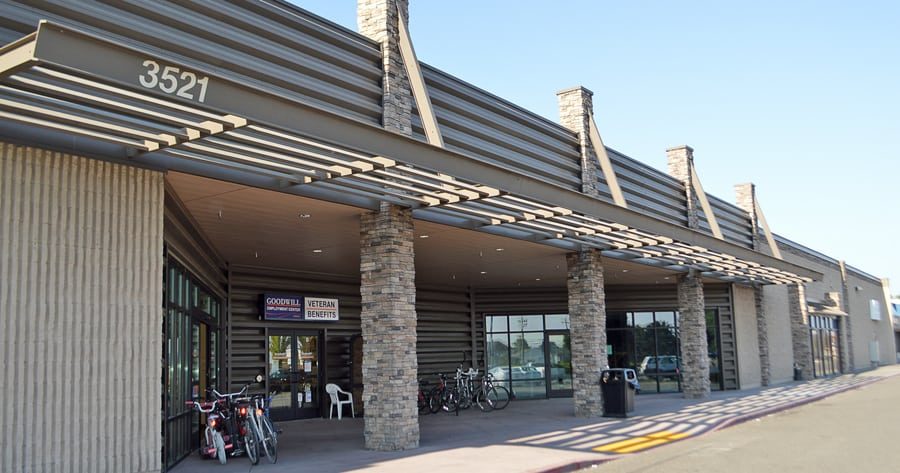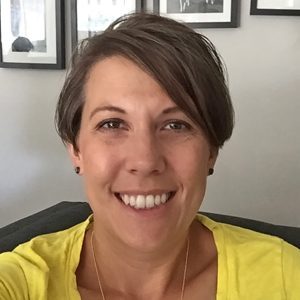
Home » Tri-Cities’ third plasma donation center to open in Pasco
Tri-Cities’ third plasma donation center to open in Pasco

August 14, 2018
The Tri-Cities is poised to welcome its third plasma donation center when a new location opens across from the main Pasco Post Office on Court Street, alongside Goodwill, this fall.
California-based GCAM Plasma already has an Eastern Washington clinic in Pullman.
The $1.4 million Pasco office would be GCAM’s second in the state. It has plans to open another in Yakima.
These clinics would add to the nearly 600 plasma donation centers that are government-licensed and certified through the International Quality Plasma Program, or IQPP, across the U.S., Canada and Europe.
The Tri-Cities’ two other local plasma centers include Grifols Biomat USA on North Union Street in Kennewick and BioLife Plasma Services on Wrigley Drive in west Pasco.
Unlike whole blood or platelet donations through the American Red Cross, plasma donors are generally compensated for their efforts.
Interested GCAM plasma donors can expect to be paid $25 to $30 for a single donation.
Plasma is used to treat rare, chronic diseases, as well as in everyday medicine.
“Most people come in contact with plasma derivatives through vaccines,” said Christopher Pham, marketing supervisor for GCAM Plasma.
A typical plasma donation can take about 90 minutes once a donor is an established client. Plasma proteins and antibodies are typically collected for patients with immune system deficiencies, liver disease or bleeding disorders.
The Plasma Proteins Therapeutics Association says it can take 1,200 donations to treat one person with hemophilia for a year. The most recent donation estimate from 2015 includes 35.4 million donations made at U.S. plasma centers licensed by the Food and Drug Administration and certified by the IQPP.
A typical plasma center will collect about 63,000 donations in a year, according to the association.
Biomat USA in Kennewick says its yearly economic impact amounts to $4.8 million through compensation paid to donors, averaging 1,100 donations a week. BioLife Plasma Services does not release its local donation figures.
Plasma is the clear liquid in blood that remains after white and red cells are removed. Plasma is collected from a donor using a process called plasmapheresis, which uses a machine to filter and separate the plasma from blood, returning the remaining parts of the blood back to the donor. This is different from whole blood donation, which removes blood in its entirety and does not return any portion to the donor, making it more draining to the body. This difference is why a plasma donor can donate up to twice a week, while a whole blood donor needs to wait nearly two months between donations.
To keep the donation banks safe, plasma centers in North America use a shared database that identifies ineligible donors who may have been deferred due to a positive HIV, Hepatitis B or Hepatitis C status. Donors must pass two separate medical screenings that check for infectious diseases before their donation may be considered for use in plasma therapies.
“We evaluate each person to determine whether they will be a qualified donor,” said Jasmine Lowe, marketing specialist for GCAM.
Centers are focused on repeat donors, believing this is the best method to reduce contaminated donations, which most often result from one-time donors.
GCAM recently held a job fair to find employees of all levels, including managers, for the new Pasco office.
Pham estimates the company will hire 15 to 20 people to start up the new clinic at 3521 W. Court St., Suite C in Pasco, and could expand the payroll from there.
The contractor on the GCAM location is Stough Development Corp., and the architect is Casler Design Group Inc., both based in Cincinnati.
The 12,000-square-foot clinic is in a larger building owned by Goodwill Industries of the Columbia.
Plasma donors must be between 18 and 65, weigh at least 110 pounds and be in good health with valid identification.
GCAM is targeting an opening date in September.
GCAM operates facilities in California, Texas, Idaho and Indiana.
Real Estate & Construction Local News
KEYWORDS august 2018





